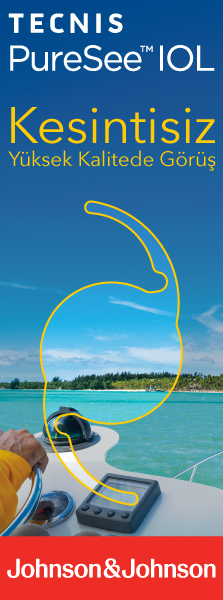Materials and Methods: The files of the patients who were diagnosed as Sturge-Weber syndrome associated glaucoma and followed up for at least 6 months in Ege University Glaucoma Department between 2007 and 2023 were reviewed retrospectively. Demographic data, examination findings, treatments, intraocular pressure and complications before and after treatment were evaluated.
Results: 29 eyes of 22 patients (14 females, 8 males) were included in the study. The mean age was 16.8±21.2 (0.02-71) years, the follow-up period was 68.1±55.9 (6-192) months. The mean intraocular pressure was 24.2±7.6 (8-46) mmHg at the first visit, 16.3±5.6 (6-30) mmHg at the last visit. While 15 eyes (51.7%) were followed up with topical antiglaucomatous treatment alone, glaucoma surgery was needed in 14 eyes (48.2%) due to high intraocular pressure despite maximum medical treatment. Dorzolamide-timolol combination was preferred in 18 of 24 eyes (75%) receiving topical treatment as the most commonly preferred agent for medical treatment. Trabeculectomy was performed in 9 (64%) eyes as the most commonly preferred surgery and intraocular pressure was measured as <22 mmHg in 8 of 9 eyes (88.8%). Among the early postoperative complications, hypotony was observed in 7 eyes, choroidal detachment in 3 eyes, and hyphema in 1 eye. Complications completely regressed with medical treatment. There were no destructive complications such as retinal detachment, endophthalmitis, phthisis bulbi.
Conclusion: Glaucoma is the most common ocular complication in Sturge-Weber syndrome. Although it is a condition that requires a high rate of surgery, the treatment results are satisfactory.
Keywords : Glaucoma; Sturge-Weber syndrome; neurocutaneous syndrome; medical treatment; glaucoma surgery




